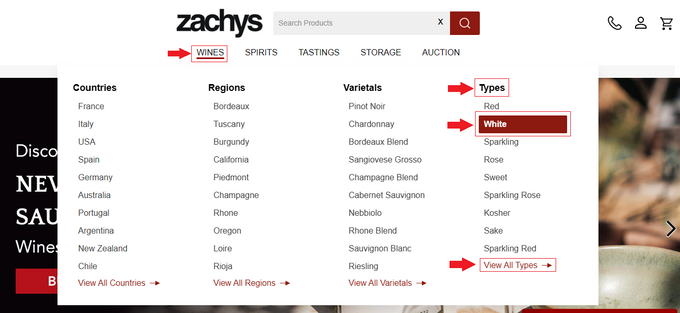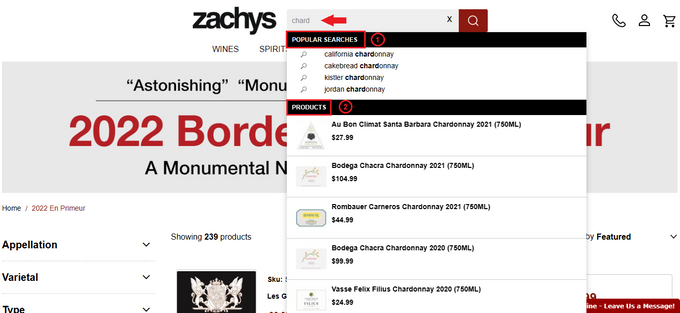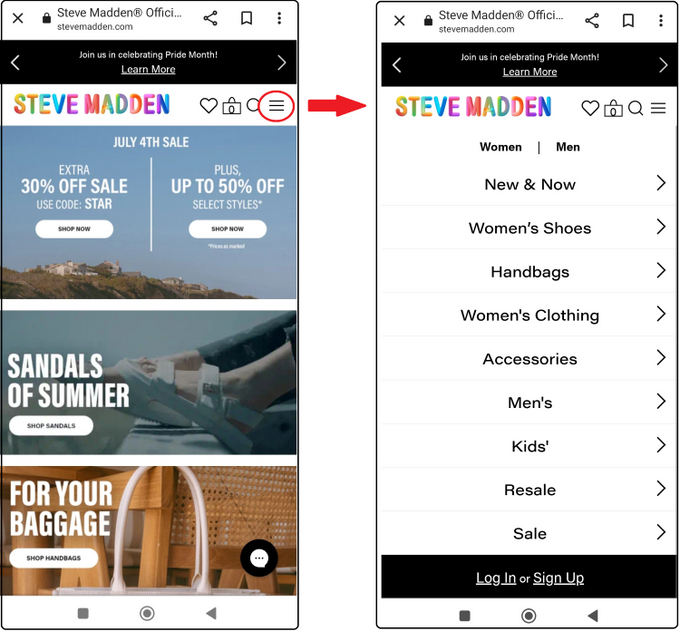How to Optimize Your eCommerce Site's Navigation for Better Merchandising
Updated December 12, 2025

Recent research found that 94% of people consider site navigation a website's most useful feature. Online stores are no exception, as seamless and intuitive site search is essential for eCommerce merchandising. Customers should browse your site and easily find what they're looking for. Their enhanced shopping experience lowers bounce rates, fosters trust in your brand, and encourages upselling and cross-selling opportunities.
4 Ways to Optimize Your eCommerce Site's Navigation
- Streamline your menu structure
- Implement advanced search functionality
- Optimize mobile-friendly navigation
- Incorporate visual navigation elements
1. Streamline Your Menu Structure
A well-structured menu layout is essential for simple navigation on your eCommerce site. Consider these components for an effective structure:
- Clear and concise categories: Products should be divided into clear and intuitive categories. Use broad categories and subcategories, but avoid overwhelming customers with too many options. As a guideline, aim for no more than 5 to 7 main categories. Additionally, it's best to avoid too many nested menus, where a primary dropdown menu includes multiple sub-menus.
- Logical hierarchy: eCommerce site menus should have a logical hierarchy that guides customers from general to more specific subcategories. Subcategories should be nested in a way that reflects the relationships between product groups.
- Descriptive labels: Pay close attention to the labels you give to your menu items. They should be clear, descriptive, and free of jargon or ambiguous terms that may confuse shoppers.
After partnering with Fast Simon, the wine and spirits retailer, Zachys drastically improved their site navigation. The menu is simple, logically categorized, and labeled clearly. They've also condensed the number of subcategories while offering a "View All" option if shoppers want to see the full list.
» Read more about grouping related products for effective merchandising
2. Implement Advanced Search Functionality
Advanced search features like filters, sorting options, and autocomplete search on your eCommerce site enable users to find products quickly and accurately. For instance, users can search for a "blue dress," apply size or price filters, and sort results by popularity or price.
With the help of Fast Simon's Product Finder technology, Zachys offers customers a streamlined search experience. They have predictive search from the first character typed, and they can analyze shoppers' search and browsing history to understand buying intent.
» Learn more about how Fast Simon can help optimize your store's site search
3. Optimize Mobile-Friendly Navigation
As mobile shopping grows in popularity, optimizing your eCommerce site's navigation for mobile devices is critical. Some key measures you can take include:
- Simplify the menu structure using collapsible or hamburger menus for mobile devices.
- Optimize touch-friendly elements by ensuring proper size and spacing for easy interaction.
- Minimize load times to improve the mobile browsing experience.
Renowned fashion retailer Steve Madden offers store visitors an optimal online shopping experience with their mobile-friendly website. They utilize attractive images with easy-to-tap links. Their collapsible hamburger menu saves space and creates a clean interface.
» Explore why mobile commerce is important for your business
4. Incorporate Visual Navigation Elements
Incorporating visual navigation elements like product photos, icons, and banners can enhance user experience and engagement on your eCommerce site.
These visual cues guide consumers to relevant products and promotions faster than text alone, allowing for quick identification of specific categories, collections, or new arrivals. Use eye-catching banners for seasonal promotions and symbols for different product categories for optimal results.
The Woolery, a fiber arts supplier, effectively incorporates icons above their text labels for categories. This makes site navigation seamless and efficient for shoppers.
See Quick Results for Your Merchandising
Optimizing your site's navigation will build a smoother user experience that improves product discovery and increases sales. This can be done by structuring your menu layout well, introducing sophisticated search capability, assuring mobile-friendliness, and using graphic navigation features.
Implementing these strategies allows stores to maximize the potential of their eCommerce business merchandising efforts. If you take the time to optimize your website's navigation, you'll see major increases in client engagement, conversions, and overall company performance.







